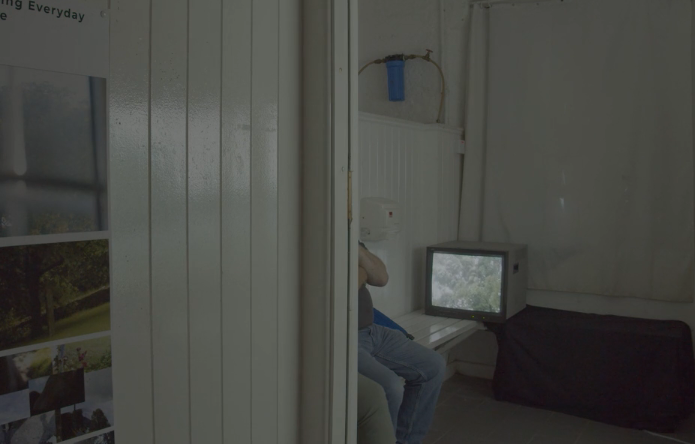
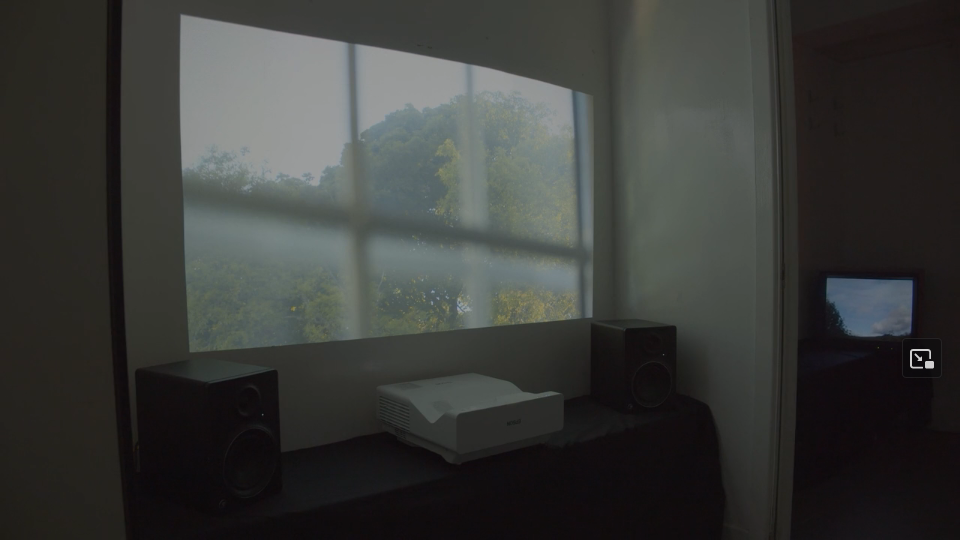
Homehouse: Exploring everyday connection toplace
MA in Art & Technology Class 2023 Supervisor: Dr. Robin Parmar \& Neil O'Connor
To explore everyday connection to place a conceptual framework wasinitially developed. For this project, Rita Felski’s interpretation of theeveryday is used as a basis, with Michael Sheringham incorporated toprovide background context. Aristotelian physics is used to contextualiseplace, along with the work of Carl Lavery and Robert Smithson.Psychogeographic practices and the writing of Guy Debord are employedto develop a spatialised connection to place, which contextualises theindividual’s experience politically. Within this conceptual framework,a critical problem emerged regarding the impossibility of representingplace artistically. To inform this, Ruby Wallis’ PhD project ‘UnfixedLandscape’ was referenced.Practical methods including auto-ethnography and folklore collectionwere consulted. The project used interview, ambient field recordingand video techniques which foregrounded the artist’s subjective experience.The interviews are situated around a small rural community in SouthArmagh, Northern Ireland. During the process a number of tests wereproduced which shaped the project’s overall direction. As a result ofthese tests, an audiovisual installation display context was chosen.In response to questions of authorship in relation to the broaderquestion of representing experience, the audiovisual material playbackis dictated using a stochastic number generator
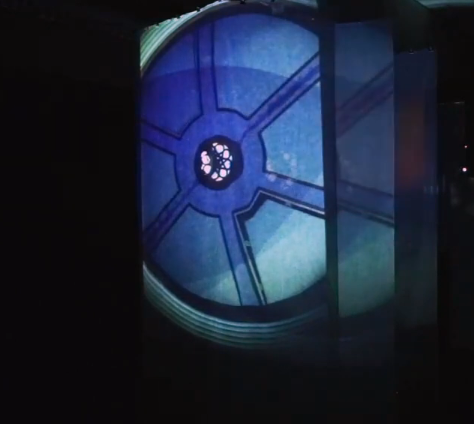

Cinememory: examining loss, hauntology and layered time through an audiovisual art installation
MA in Art & Technology Class 2022 Supervisors: Mr Jurgen Simpson and Dr Neil O’Connor
Cinememory is an audiovisual installation which examines themes of loss, nostalgia, hauntology and urban decay. The artwork is compiled from original footage and sound recordings gathered from The Royal cinema in Limerick City; a cultural space which has sat vacant since 1998. Through experimental sound composition and spatial video installation, the artwork investigates loss, layered time and liminal spaces between presence and absence. Cinememory seeks to examine the haunted nature of existence which results from the presence of the past within modern life.
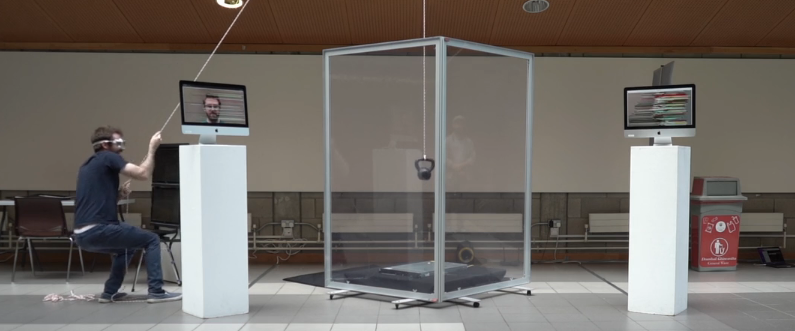
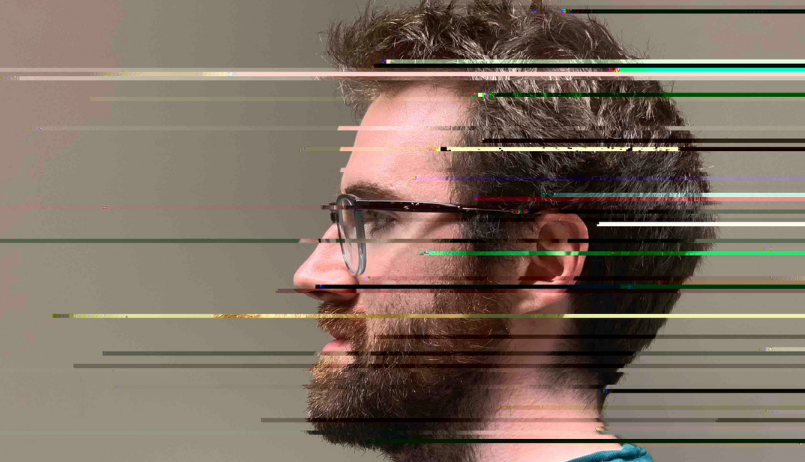
Digital Self
MA in Art & Technology Class 2022 Supervisor: Dr. Giuseppe Torre
Digital Self is a work which utilises hardware and software as an exploration of the shaping of the self in a world where the digital impinges on being. The work consists of a weight which looms above a running server. The server is connected to several computers below, displaying images of the artist. The server runs an algorithm which progressively destroys the integrity of the image files until the files become invalid. When the symbolic act of the destruction of the images of the artist are virtually obliterated, the weight falls physically obliterating the server. The piece explores the effect of the digital on the concept of self and otherness even in the "offline" reality. The ephemeral nature of the piece reflects the nature of self and of Being, and meditates on the invisible danger and propaganda which can be perpetrated by the digital.

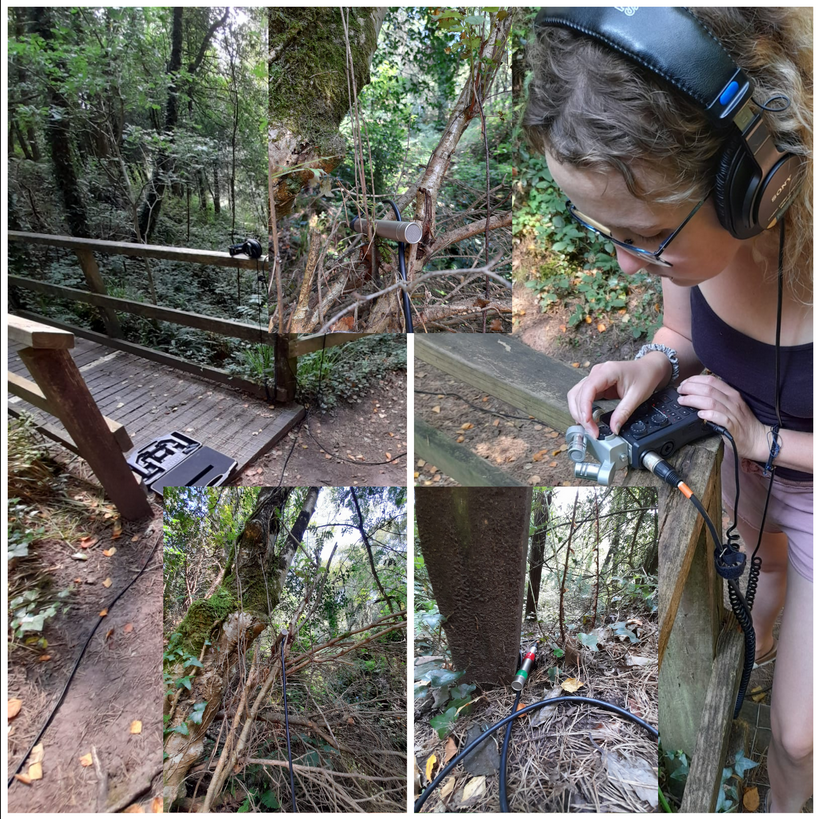
My Piece of Mind
MA in Art & Technology class 2022
Supervisor: Dr. Kerry Hgan
"My peace of mind" is a thirteen-minute long narrative soundscape composition. Using the field recording process, I investigate my own embodiment and presence in my personal surroundings. This piece employs field recordings from my personal environments, as well as recordings of my own voice and body sounds, to depict the journey from a state of distraction and intensity to a state of calmness and serenity. This composition also forefronts the field recording process and documents my stream of consciousness. By having this performance in a dark room with no lights, this composition focuses on the audience being present and guided into the process of actively listening to the sounds used. This piece was inspired by the sonic artworks and field recording processes of Luc Ferrari, Francisco López, Susan Philipsz, and Chris Watson. The principles of anecdotal music, acoustic ecology, narrative soundscape composition, and field recording were used to create this piece. The field recording process was used to collect the sonic materials for this piece, which involved going to personal locations where I found peace of mind and recording the atmosphere. In front of the audience, the composition is played through a two-channel stereo speaker system.
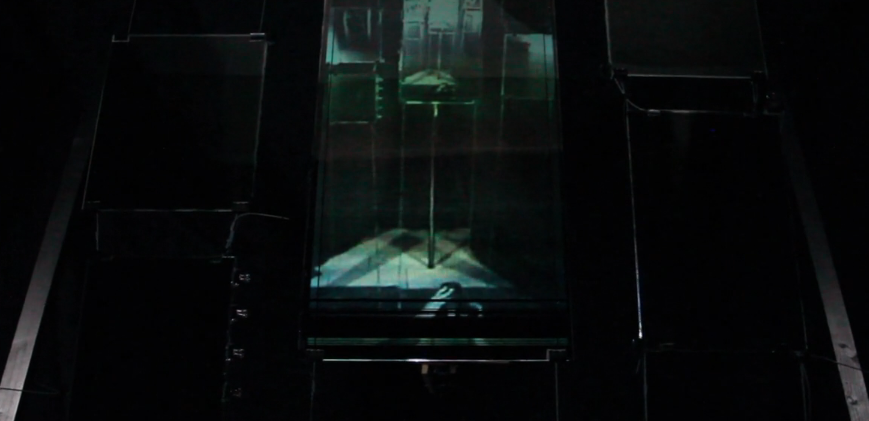
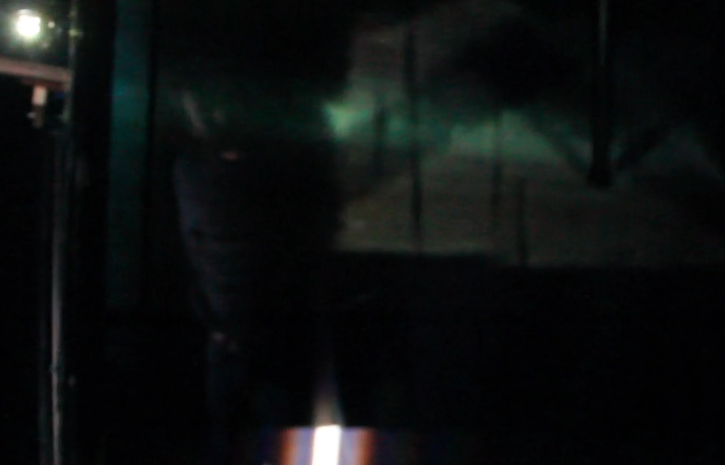
Displaced
MA in Music Technology class 2019
Supervisor: Dr. Giuseppe Torre
A blacked-out, symmetrically arranged room is lit by detached screen backlights. An array of LCD panels faces down towards viewers from a large wooden frame. Projected videos of the room play in slow motion and fade in an out on the LCD panels. As the LCD panels darken, their specular properties are revealed, showing an immediate mirror image of that which is in front of them, encased in a dark void. Displaced is an exploration of the mirror image that transcends the initial narcissistic fascination with the Self into territories of creative self-transformation that can have profound implications for our self-consciousness and modes of self-projection. Through its use of LCD panels, it aims to illustrate an understanding of the reflective qualities of the screen as a material, from the gaze it both emanates and attracts to the peculiar aesthetic experience of mediated subjectivity. Through the implementation of closed-circuit video, Displaced presents viewers with two versions of their specular doubles: one that has been manipulated by a digital system and one that hasn't. The juxtaposition of the specular with the digital aims to highlight the impact of the screen on the process that constitutes our subjectivity.
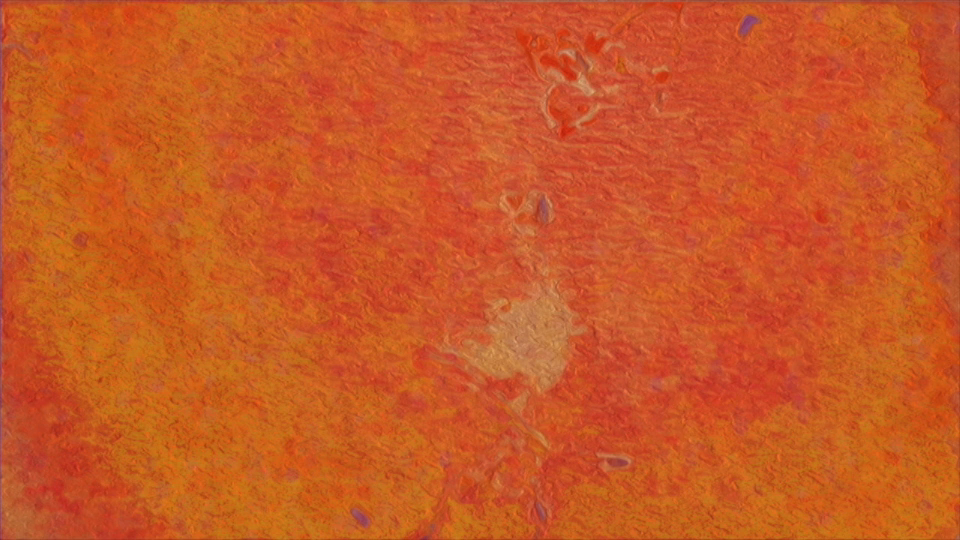
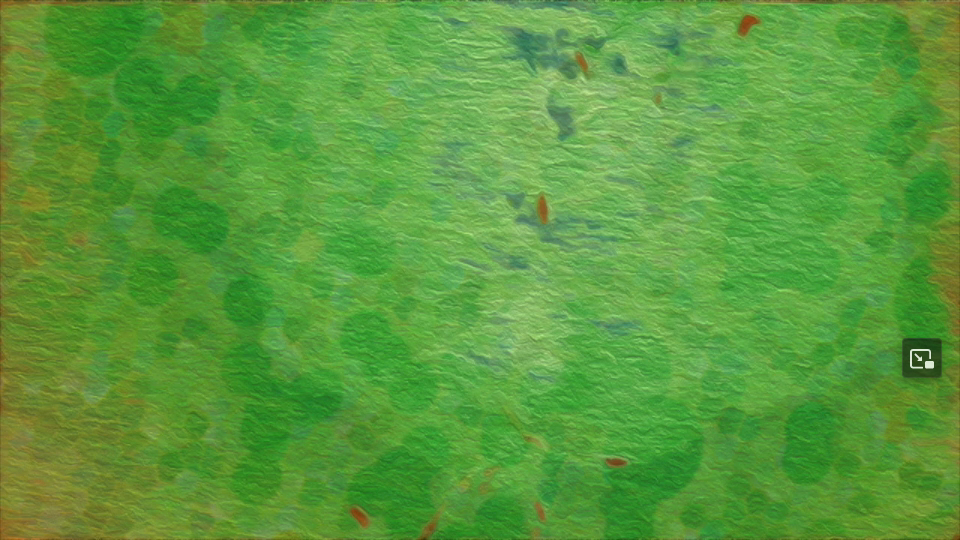
Embryogenesis
MA in Music Technology class 2013
Supervisor: Dr. Giuseppe Torre
Embryogenesis is an audio-visual artwork making use of video as an input to a genetic algorithm controlling the audio. The video makes use of spatial montage techniques to create a very slowly changing image which is being analysed for its colour properties. These colour properties are used as a 'disturbance' to the genetic algorithm's fitness function and the characteristics of the resulting population are mapped to various parameters in the sound generating module. The genetic algorithm forms both the technical bridge between the visual and aural aspects and the core of the aesthetic. The piece can run infinitely as an installation mimicking the endless development of evolution.